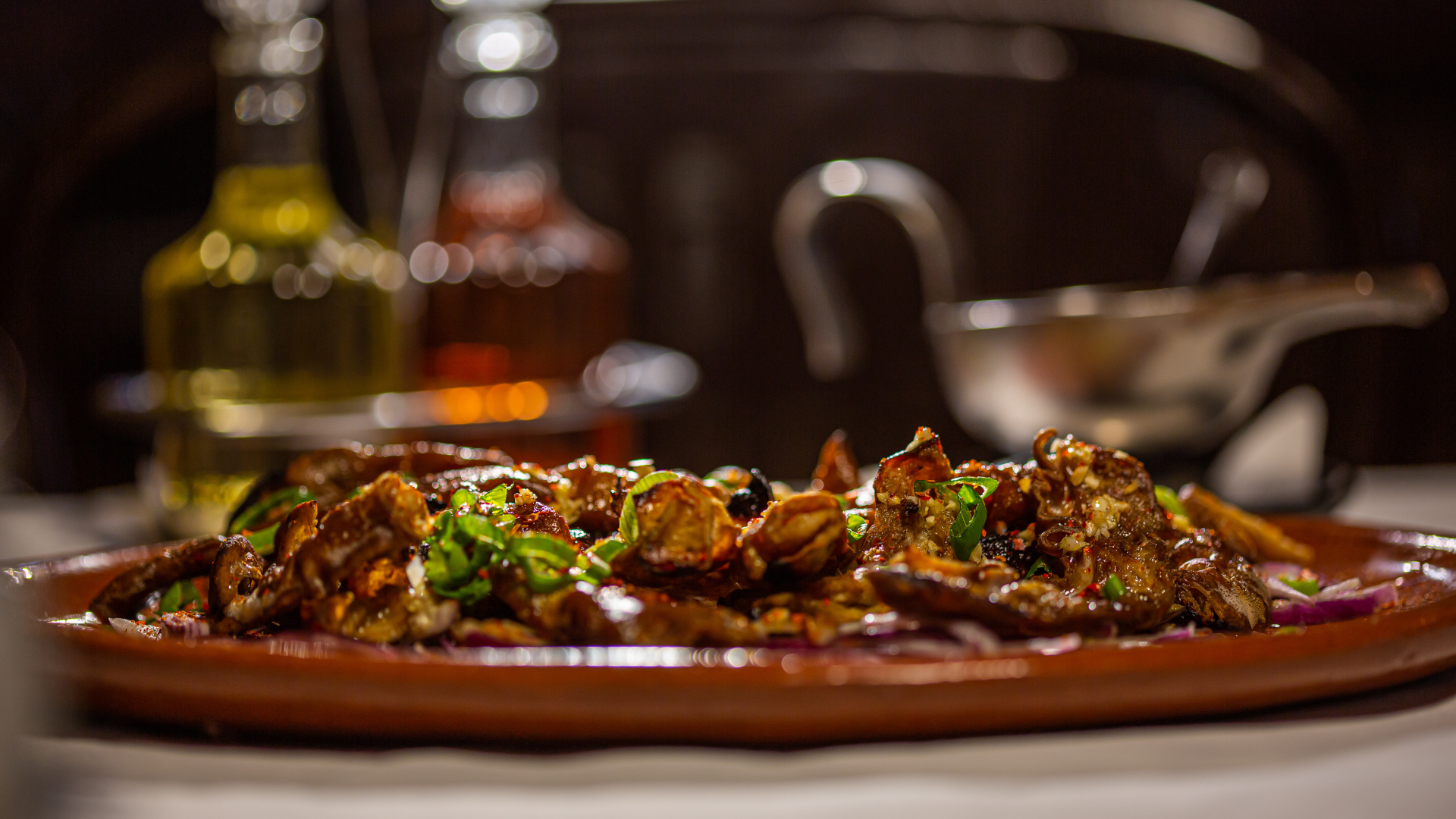When visiting Belgrade, there’s one experience that reveals more about Serbia than any museum or guidebook – spending time in a kafana culture, Serbia’s living room of stories. These traditional Balkan taverns are more than places to eat and drink; they are the heart of local culture, emotion, and storytelling. Whether you’re visiting the Serbian capital for business or leisure, discovering the kafana culture will undoubtedly leave you with unforgettable memories.
What Exactly Is a Kafana?
Although the word “kafana” might loosely translate to “tavern” or “pub,” the comparison falls short. A kafana in Serbia is an all-day social space – part restaurant, part music venue, part living room. Unlike typical cafés or nightclubs, kafanas offer a unique blend of casual charm and deep-rooted tradition.
Typically decorated with wooden tables, red-checkered cloths, and folk-inspired interiors, these venues are places where laughter echoes, emotions run high, and time seems to slow down. Indeed, the quote “Money spent in kafana is money invested in memories” rings true for many locals.
What to Expect: Food, Music, and Rakija
Traditional Music That Touches the Soul
Live music is a defining feature of Serbian kafanas. Forget trendy playlists or international hits – here, you’ll be serenaded by tamburica bands playing heartfelt Balkan songs. These melodies, often played on violins, tambourines, or accordions, evoke nostalgia and stir emotions. For this reason, it’s not uncommon to see patrons dancing on tables or singing tearfully with friends.
Hearty Food Inspired by Generations
The culinary offerings are equally captivating. Serbian kafana menus feature dishes made from age-old recipes, including ćevapi (minced meat sausages), pljeskavica (a type of burger), and sarma (stuffed cabbage rolls). Moreover, sharing a plate of predjelo (a selection of cheeses, meats, and spreads) is a common way to begin the night with friends.
Compared with international fusion spots, kafanas serve meals that comfort rather than impress. The focus is on flavor, tradition, and generous portions.
Rakija and the Ritual of Drinking
No kafana visit is complete without rakija – the potent fruit brandy that fuels celebrations, toasts, and even soulful conversations. In particular, plum rakija (šljivovica) is a local favorite. Don’t be surprised by the sound of shattering glass; in kafanas, it’s often a sign of joy or high emotion.

Kafanas of Belgrade: Where to Begin
The Oldest Kafana – “?”
Belgrade’s legendary kafana “Znak Pitanja” (“Question Mark”) dates back to the 19th century and offers an authentic glimpse into the past. Located in Kralja Petra Street, right across from one of the city’s oldest churches, this historic kafana features a rustic interior and traditional dishes served with genuine Balkan hospitality. Notably, it began as an Ottoman coffeehouse, and today it stands as a symbol of cultural endurance and charm.
Skadarlija: The Bohemian Heartbeat
Another unmissable destination is Skadarlija – Belgrade’s cobbled bohemian quarter filled with lively kafanas like “Tri šešira,” “Dva jelena,” and “Mali vrabac.” By contrast to modern nightclubs, Skadarlija’s kafanas offer a blend of history, live performances, and vivid street scenes. Come during the day for a quiet coffee or alternatively, at night for music, food, and bustling energy.
The Evolution of Kafana Culture
Owing to the changing tastes of younger generations, kafanas have begun evolving while preserving their core identity. Some now blend Balkan cuisine with international dishes or amplify traditional music into “turbofolk,” attracting new crowds seeking a mix of old and new.
Similarly, much like British pubs turning to gastronomy, Serbian kafanas are adapting – not to replace tradition but to ensure its continuity.
Evidence illustrates that kafanas remain spaces of emotional expression, celebration, and community. From business deals and wedding feasts to heartbreak and poetry, every emotion finds its voice here.
Why You Should Visit a Kafana?
To visit Belgrade without stepping into a kafana is to miss out on the soul of Serbia and the essence of Kafana Culture: Serbia’s Living Room of Stories. These venues are where strangers become friends, and every bite, note, and glass of rakija tells a story. Thus, whether you’re here for a short stay or an extended business trip at Best Western Premier Natalija Residence, make sure to immerse yourself in this cherished tradition.
Overall, a night in a kafana is not just a night out – it’s a celebration of life, Serbian-style.

